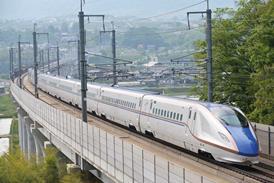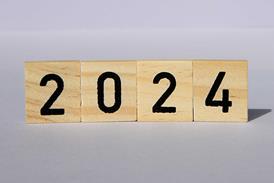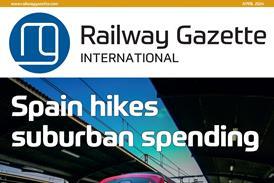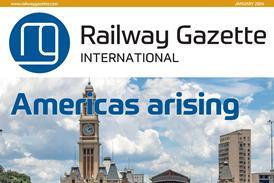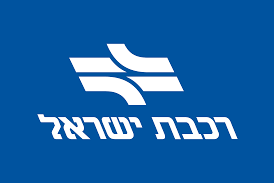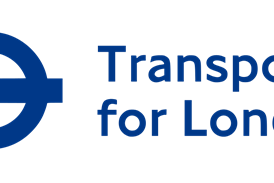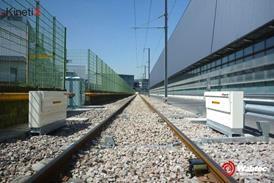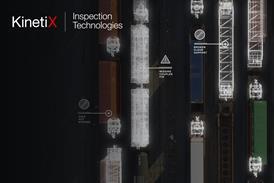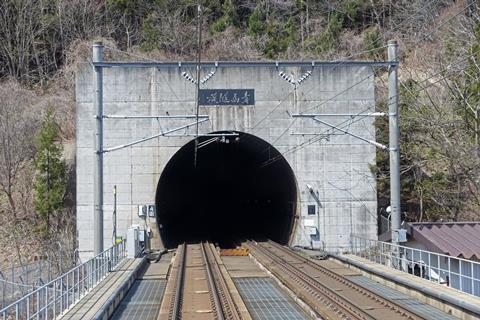
JAPAN: Selected Shinkansen services through the twin-track 53∙9 km Seikan Tunnel between Honshu and Hokkaido will be permitted to run at 210 km/h during the May 3-6 ‘Golden Week’ holiday period, saving 3 min on the trip between Tokyo and Shin-Hakodate-Hokuto.
Maximum speed for the Series E5 and H5 Shinkansen trains that use the 1 435 mm gauge tracks in the dual-gauge Seikan Tunnel is normally 160 km/h. They share the tunnel with 1 067 mm gauge freight trains running at up to 110 km/h, many of which convey relatively lightweight containers anchored on platform wagons. Were closing speeds to be higher than 270 km/h, there would be a risk of the containers becoming dislodged by pressure waves generated by the trains in the tunnel.
JR East and JR Hokkaido experimented with the higher speed for Shinkansen services during the 2020-21 New Year holiday period as fewer freight trains were running at that time. The higher speed was only permitted during periods when no freight trains were passing through the tunnel in the opposite direction.
Operating at 210 km/h through the Seikan Tunnel will reduce the Tokyo – Shin-Hakodate-Hokuto timing from 3 h 57 min to 3 h 54 min. Northbound trains involved will be Hayate services 91 and 93 and Hayabusa 95, 1, 7, 9, 13 and 19. Southbound trains with the faster timing will be Hayabusa 10, 14, 18, 22, 28, 32 and 34.
When Shinkansen services first ran through the Seikan tunnel under the Tsugaru Strait in May 2015, maximum speed was 140 km/h, but this was raised to 160 km/h in March 2019. Opened in 1988, the Seikan tunnel was built at the outset to accommodate two dual-gauge tracks, but initially only 1 067 mm gauge track was laid. This was later converted to mixed gauge with three rails. The Seikan Tunnel remains the world’s longest undersea rail tunnel.
JR East and JR Hokkaido are hoping to cut journey times over the 1 035 km between Tokyo and Sapporo to around 4½ h to compete with air travel. At the moment passengers must change between Shinkansen and narrow gauge Hokuto or Super Hokuto Limited Express services at Shin-Hakodate-Hokuto as the 211∙5 km Hokkaido Shinkansen between Hakodate and Sapporo is still under construction and is not due to be completed until around 2030-31.
As part of its plans to cut the Tokyo – Sapporo timing, JR East is testing its experimental Alfa-X trainset with a view to increasing the maximum speed on the Tohoku Shinkansen between Tokyo and Aomori to 360 km/h. Trials with the Alfa-X are expected to lead to the development of a new fleet for use between Tokyo, Shin-Aomori and Sapporo from the 2030s, succeeding the current 320 km/h Series E5 and H5 trains.
At the same time work is in hand to raise the line speed limit on sections of the Tohoku Shinkansen between Morioka, Hachinohe and Shin-Aomori from the present 260 km/h to 320 km/h with a view to shaving 5 min off current journey times.


